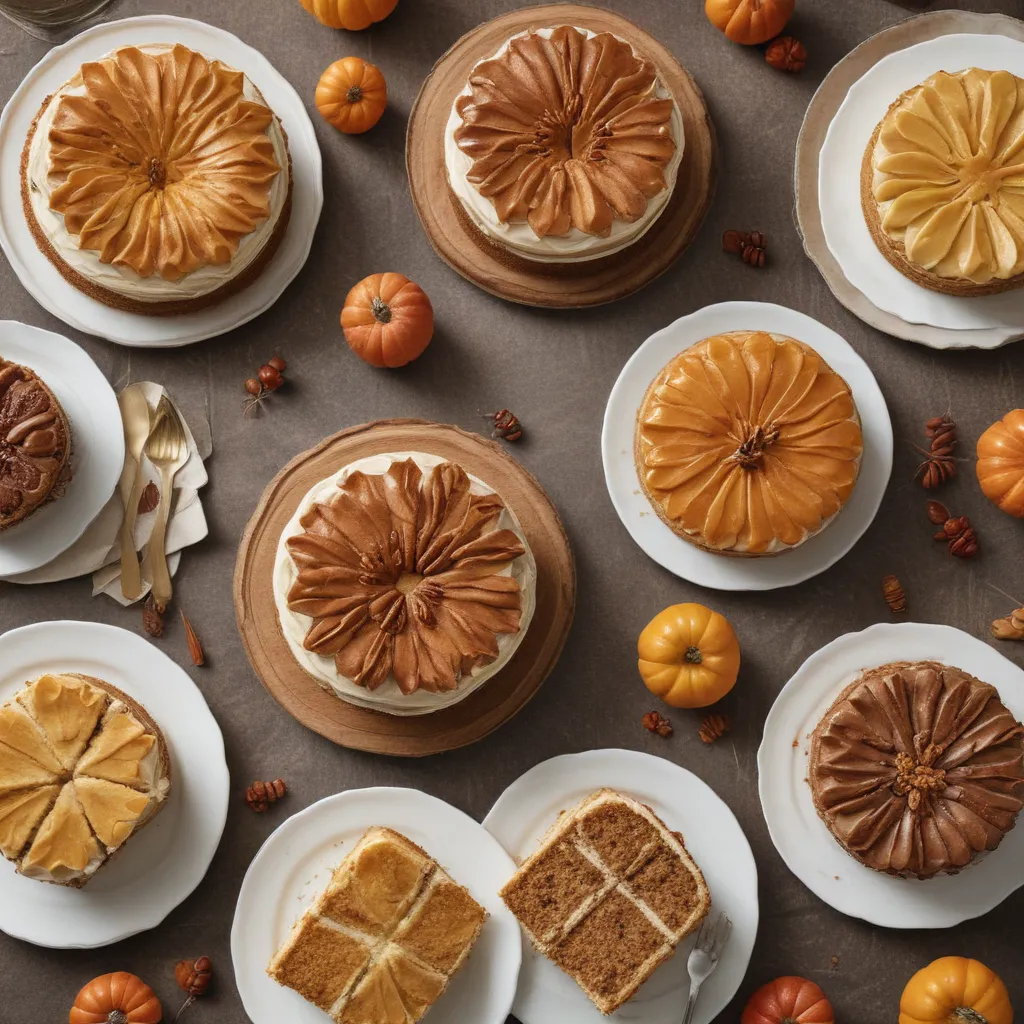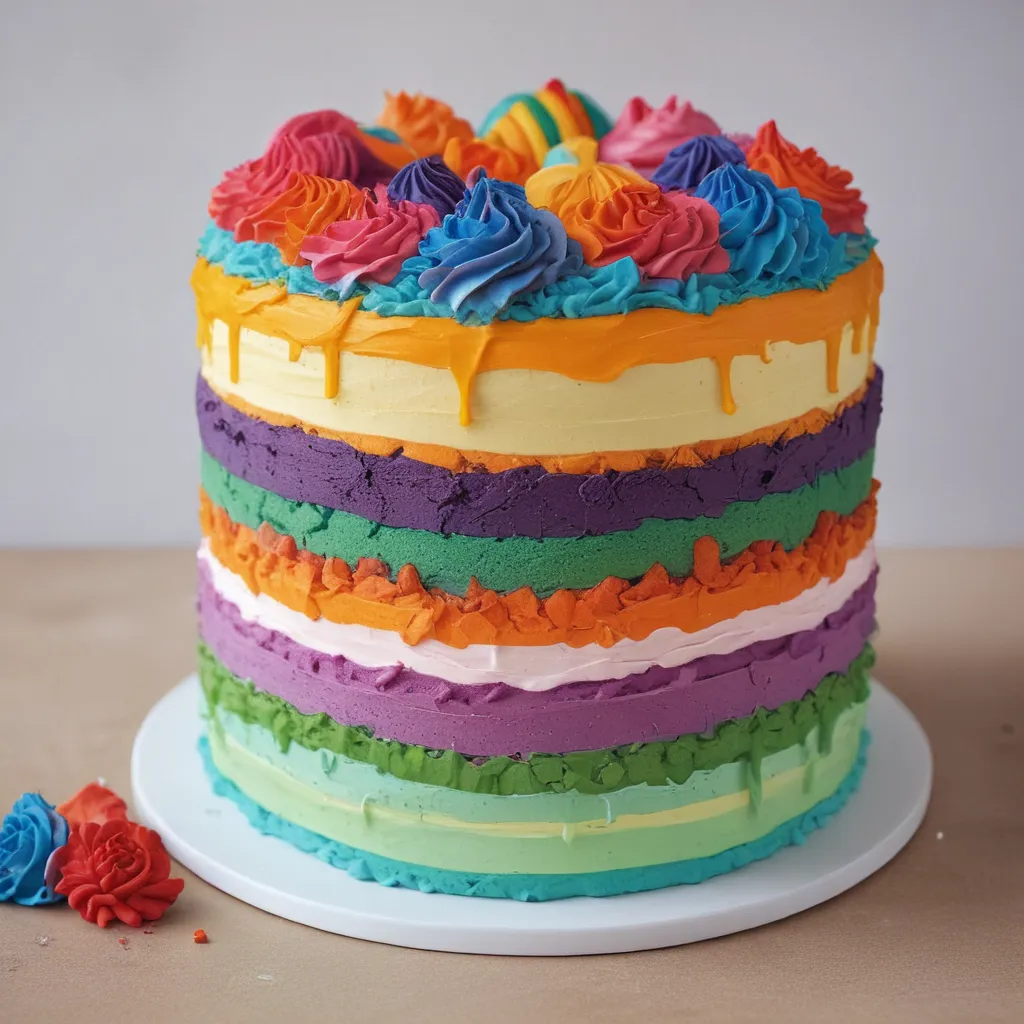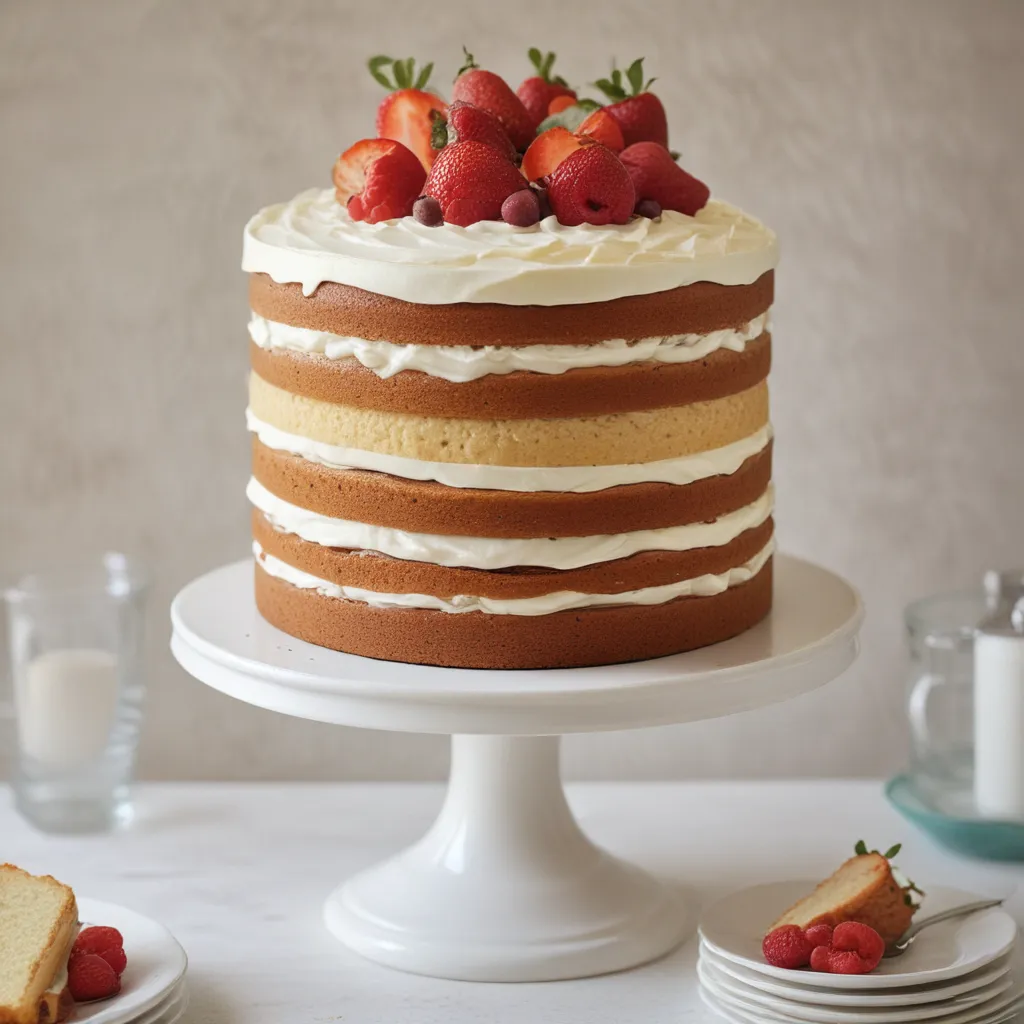Ah, the humble buttercream. Is there anything more heavenly than that rich, creamy frosting adorning a freshly baked cake? As a self-professed cake connoisseur and owner of JAX Cake Shop, I’ve earned my stripes when it comes to mastering the art of buttercream. And let me tell you, it’s no walk in the park.
But fret not, my fellow baking enthusiasts! Today, I’m going to share with you the closely guarded secrets to achieving that elusive smooth, silky buttercream every single time. No more lumpy, greasy, or stiff frosting – just pure, unadulterated buttercream bliss. Are you ready to take your cakes to the next level? Let’s dive in!
The Basics: What is Buttercream?
First things first, let’s establish a common understanding of what buttercream actually is. In the simplest terms, buttercream is a type of icing made by whipping butter, sugar, and sometimes other ingredients like milk or flavorings. The end result is a smooth, creamy frosting that’s perfect for coating and decorating cakes, cupcakes, and a whole host of other baked goods.
Now, you might be thinking, “Okay, that sounds easy enough. How hard can it be?” Well, my friend, let me tell you – there’s a lot more to it than meets the eye. Buttercream is a finicky beast, and if you don’t treat it with the respect it deserves, you might end up with a hot mess on your hands (or in your mixer, as the case may be).
The Science Behind Smooth Buttercream
The key to achieving that silky-smooth buttercream lies in understanding the science behind it. You see, buttercream is all about striking the perfect balance between the fat (butter), the sugar, and the air that’s incorporated during the mixing process.
Let’s start with the butter. The quality and temperature of your butter can make or break your buttercream. You want to use high-quality, unsalted butter that’s at the right temperature – not too cold, not too warm. If the butter is too cold, it won’t incorporate properly, and you’ll end up with a lumpy, grainy mess. On the other hand, if the butter is too warm, it can become greasy and separated.
The sugar, typically in the form of powdered sugar (also known as confectioner’s sugar or icing sugar), is the key to achieving that perfect creamy texture. The sugar helps to stabilize the buttercream and give it that luscious mouthfeel. But be careful – too much sugar can make the frosting overly sweet and stiff.
And then there’s the air. Whipping the buttercream is essential for incorporating tiny air pockets that give the frosting its light and fluffy texture. But if you overbeat the mixture, you can actually end up with a dense, dense buttercream that’s the exact opposite of what you’re going for.
Mastering the Buttercream Mixing Method
Now that we’ve covered the science behind buttercream, let’s talk about the actual mixing process. This is where the magic happens, and it’s crucial to get it right.
First and foremost, make sure all of your ingredients are at the right temperature. As I mentioned, the butter should be soft but not melted. The powdered sugar should be sifted to prevent lumps. And any liquid ingredients, like milk or vanilla extract, should be at room temperature as well.
Next, you’ll want to start by creaming the butter. This is the foundation of your buttercream, so you want to make sure it’s light and fluffy. Use a stand mixer or a hand mixer on medium-high speed, and beat the butter for several minutes until it’s pale in color and has a smooth, creamy texture.
Once the butter is ready, it’s time to start adding the powdered sugar. I like to do this in a few batches, mixing well between each addition. This helps to ensure that the sugar is fully incorporated and prevents the buttercream from becoming too stiff.
As you’re mixing, be sure to scrape down the sides of the bowl regularly. This helps to incorporate all of the ingredients and ensures an even, smooth texture throughout.
And finally, don’t be afraid to add a splash of milk or cream to thin out the buttercream if it’s becoming too thick. Just be sure to add it gradually, a little at a time, until you achieve the desired consistency.
Troubleshooting Common Buttercream Issues
Of course, even the most seasoned bakers can encounter the occasional buttercream hiccup. But fear not, I’ve got your back!
One of the most common issues is a grainy or gritty texture. This is usually caused by either underbeating the butter or using powdered sugar that’s too coarse. To fix this, simply keep mixing the buttercream on high speed for a few more minutes, or try sifting the powdered sugar before adding it to the mixer.
Another common problem is a buttercream that’s too stiff or dense. This can happen if you’ve added too much powdered sugar or if you’ve overbeaten the mixture. To remedy this, try adding a tablespoon or two of milk or cream to thin it out, and be sure to stop mixing once the desired consistency is achieved.
And then there’s the dreaded greasy, separated buttercream. This can happen if the butter is too warm or if you’ve added too much liquid. To fix this, simply pop the whole bowl in the fridge for 15-20 minutes to firm up the butter, then re-whip the buttercream until it’s smooth and creamy again.
Flavor Variations and Creative Twists
Now that you’ve mastered the art of smooth, silky buttercream, it’s time to get creative! Buttercream is the perfect canvas for all sorts of delicious flavor combinations and decorative touches.
Want to add a little zing to your cakes? Try infusing your buttercream with fresh citrus zest or a splash of liqueur. Or, for a decadent twist, fold in melted chocolate or a spoonful of peanut butter. The possibilities are truly endless!
And don’t forget about the visual appeal. Buttercream is the perfect medium for all sorts of piping techniques and decorative flourishes. From simple swirls and rosettes to elaborate ruffles and textured effects, the sky’s the limit when it comes to dressing up your cakes.
Putting it All Together: Real-Life Buttercream Success Stories
Now, I know what you’re thinking – “This all sounds great in theory, but how does it translate to real-life baking?” Well, let me tell you, I’ve seen it all when it comes to buttercream woes. But I’ve also had the pleasure of witnessing some truly remarkable buttercream triumphs.
Take, for instance, the case of my dear friend and fellow cake artist, Emily. Emily had been struggling for years to achieve that elusive smooth, creamy buttercream, and she was about to throw in the towel. But then she stumbled upon my buttercream masterclass, and everything changed. With a few simple tweaks to her technique, she was able to transform her cakes from drab to fab, earning rave reviews from her customers and even landing a feature in a local magazine.
Or how about the time I helped my cousin, Olivia, rescue her sister’s wedding cake just hours before the big day? The original frosting had seized up, leaving the cake looking more like a lumpy mess than a beautiful centerpiece. But with my handy buttercream troubleshooting skills, we were able to whip up a fresh batch of silky-smooth frosting and salvage the cake, much to the delight of the bride and groom.
These are just a few examples of the buttercream magic I’ve witnessed over the years. And let me tell you, there’s nothing quite as satisfying as seeing the look of pure joy on someone’s face when they bite into a perfectly frosted cake. It’s the kind of feeling that keeps me coming back to my mixing bowl, day after day, in pursuit of that elusive buttercream perfection.
Conclusion: Embrace the Buttercream Bliss
So there you have it, my friends – the buttercream secrets you’ve been craving. From the science behind the perfect texture to the tricks for troubleshooting common issues, I’ve laid it all out for you. Now, it’s time to put your newfound knowledge to the test and start whipping up some truly awe-inspiring buttercream creations.
Remember, baking is an art, and buttercream is the medium. So don’t be afraid to get creative, to experiment, and to have fun with it. After all, what’s the point of mastering the perfect buttercream if you can’t use it to bring a little extra joy and delight to the world?
So go forth, my fellow baking enthusiasts, and let the buttercream magic flow! And if you’re ever in the San Jose area, be sure to swing by JAX Cake Shop to see what we’ve been up to. Who knows, maybe we’ll even have a slice of our famous buttercream-frosted cake with your name on it.





